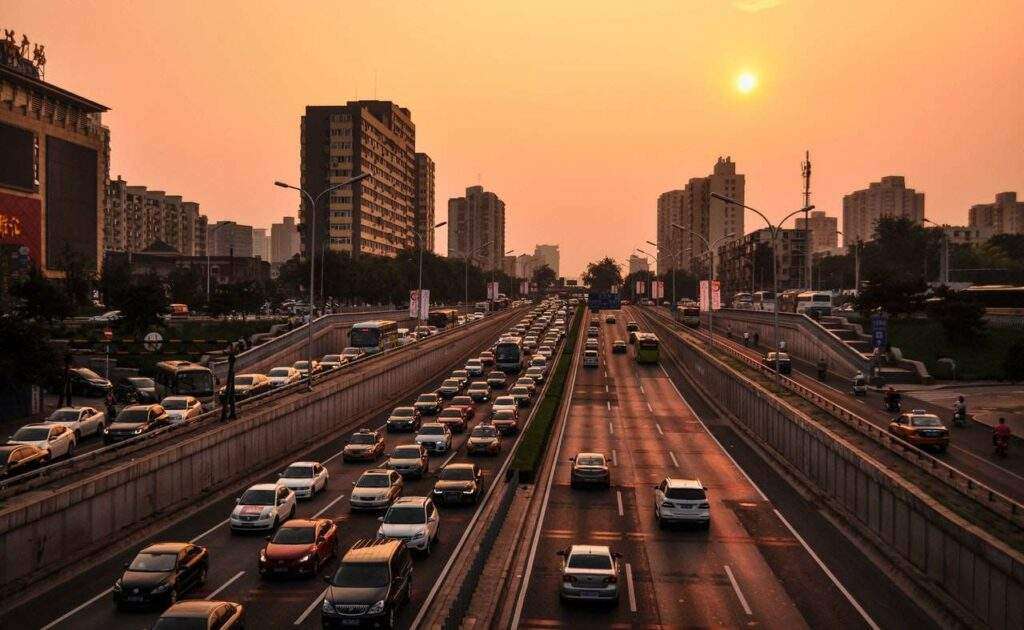
The history of transportation can be traced to 3500 BC. The development of wheeled vehicles began as a way to move small loads. Wheels were attached to chariots and carts. Later, people built controllable riverboats and tamed horses. Domestication of animals also led to the development of transportation methods that would make them more efficient for small loads and people. Today, we are surrounded by transportation systems that have revolutionized our lives and how we move around. To get more information about new methods of transportation, read here: https://torc.ai/careers/
Industrial Revolution
The Industrial Revolution impacted transportation in numerous ways. For starters, the revolution changed how goods were produced, from small home businesses to factories and then to larger companies that manufactured them. The new production methods led to transportation, manufacturing, and communication changes that ultimately affected people’s lives worldwide. Today, transportation is one of the most important aspects of our modern society. The Industrial Revolution made it possible for Americans to travel the world in greater numbers than ever before.
Before the Industrial Revolution, transportation had always relied on waterways and rivers. The cost of transporting goods along rivers and coasts was prohibitively high. In contrast, shipping goods by water was significantly cheaper than by land. The invention of canals brought a revolution to transportation. The canals connected mines to cities, while the tramways used horses as locomotion. Canals also made it possible to move goods much more efficiently.
Information revolution
We have heard that the Information Revolution is reshaping our world. While this is true, it is also the case for transportation. While this transition is slow, it is nonetheless a critical part of the development process. The information industry comprises four main components: content, servers, networks, and appliances. These components are now embedded in all sectors of the economy, including transportation, energy, and more.
One of the most notable connections between the Information Revolution and sustainability is the evolution of the automobile. Automobiles are highly dependent on other systems, including roads and fuel delivery systems, which require large amounts of data. The evolution of the automobile suggests the broader implications of the Information Revolution in transportation. A more sustainable economy would be a more complex and information dense society based on a more diverse range of information. For instance, information-rich societies would have fewer environmental impacts than those with unsustainable economies.
Impact on land value
In a nutshell, transportation projects increase land value and attract more developers. However, the extent of development around transit stations is limited, and the extent of land available for development is often influenced by various factors, including the size of the land parcels, historical uses, barriers to transit access, and external factors. Therefore, this list is not exhaustive, and other factors may be equally important in a given region.
For example, transportation investments can increase land supply, thereby lowering prices. In neoclassical economics, the price of land is determined by the interaction of supply and demand. The amount of land available is related to the price and elasticity of demand, which varies from 0,49 in Tehran to 0.07 in Caracas. These factors are important to consider when assessing whether an increase in transport will increase land values.
Costs
The costs of transportation development can be calculated by dividing the capital costs into parts. The right-of-way costs, for example, include the cost of land and buildings. The useful life of the land is usually 100 years. That of buildings is dependent on when they will be demolished. Thus, a 20-year benefit-cost analysis will require investments in a highway for eight to 15 years. Therefore, the cost of highway and right-of-way, are also included in the analysis.
International transport significantly affects economic development, global trade, and the structure of national economies. In some cases, raising transport costs by ten percent can decrease trade volumes by twenty percent. Moreover, transport costs are highly dependent on the general quality of the transport infrastructure, which accounts for half of the variation in prices. The rates charged by transport companies and the portion of the costs passed onto the users determine the costs of transportation.
Cycles of economic development of transportation
The impact of transportation on a region’s economy is measured by its ability to facilitate mobility. It relates to the physical capacity to move people and goods and the costs of maintaining transportation systems. It also affects the setting of routes, connecting economic entities, and reducing costs and damage. Moreover, transportation investments promote economic development, but they may also drain resources on unproductive projects. This article will discuss the various factors that influence the economic development of a region.
The socioeconomic context of transportation development is important in guiding the process. Generally, economic development strategies and policies focus on physical capital, but they should also address human capital. Infrastructure must remain functional without compromising on its operations, as well as to support economic activities. Because many transport activities are transactional or service-oriented, they depend on the proper infrastructures and managerial expertise for their operations.